Can Cats Eat Kale? Is It Safe or Harmful?
- 5 Mar 2025 10:11
If you’re a health-conscious pet owner, you might wonder, “Can cats eat kale?” The answer is yes, in small amounts, kale is generally safe for cats, but it should only be an occasional treat rather than a regular part of their diet.
In this guide, we’ll cover:
✅ Health benefits of kale for cats
🚫 Potential risks and precautions
🥦 How to safely offer kale to your cat

Is Kale Good for Cats? ✅
Kale is low in calories and rich in nutrients, making it a healthy snack when given in moderation. Some potential benefits include:
✔ Rich in Antioxidants – Supports overall health and immunity.
✔ Good Source of Fiber – Helps with digestion.
✔ Vitamins A, C, and K – Support vision, skin, and blood clotting.
✔ Minerals like Calcium & Potassium – Aid in bone and muscle health.
Some pet food brands even include small amounts of kale in their formulas because of its nutritional value.
Are There Any Risks? 🚫
While kale isn’t toxic to cats, too much can cause health issues:
⚠️ Risk of Anemia (Oxalates & Isothiocyanates)
Kale contains oxalates, which may interfere with calcium absorption.
It also has isothiocyanates, which in large amounts can affect red blood cells and cause anemia.
⚠️ Digestive Issues
Too much fiber can lead to gas, diarrhea, or stomach discomfort.
Cats are obligate carnivores, meaning their diet should be mostly meat-based.
⚠️ Avoid Seasoned or Raw Kale
Raw kale is tough to digest, so it’s best to cook or steam it.
Never give kale with butter, garlic, onions, or seasonings, as these can be harmful to cats.
How to Safely Offer Kale to Cats 🥦
If you want to share a little kale with your cat, follow these steps:
✔ Give only a tiny portion – A small, chopped piece is enough.
✔ Cook it lightly – Steamed or boiled kale is easier to digest.
✔ Offer as an occasional treat – Not as a meal replacement.
✔ Monitor for reactions – Stop if your cat shows signs of discomfort.
📌 Tip: If your cat enjoys greens, cat-safe alternatives like cat grass or spinach (in small amounts) may be better options.
Frequently Asked Questions
❓ Can cats eat raw kale?
🚫 It’s not recommended. Raw kale is tough to digest and contains compounds that may cause stomach upset.
❓ Can kittens eat kale?
🚫 No. Kittens need protein-rich diets, and kale is unnecessary for their growth.
❓ What leafy greens are safe for cats?
✅ Cat grass, spinach (small amounts), lettuce, and parsley can be safe alternatives.
Final Verdict: Can Cats Eat Kale?
✅ Yes, in small amounts, cooked and plain.
🚫 Too much kale can lead to digestive issues or anemia.
💡 Need help with your cat’s diet? Try PettureX, the 24/7 AI pet assistant, for instant pet nutrition advice!
Would you like more safe vegetable options for cats? Let me know! 🐱🥬
Related

Frankly Dangerous: Can Cats Eat Hot Dogs? Vet Explains the Serious Risks
- 16 Apr 2025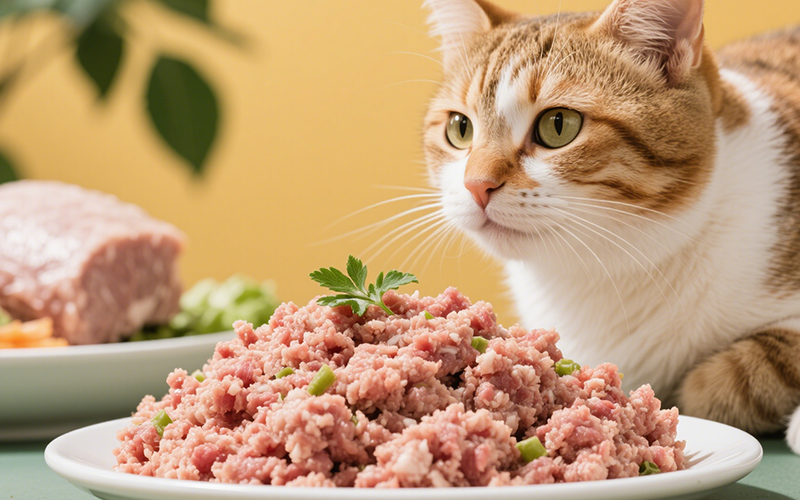
A Purrfect Protein? Can Cats Eat Ground Turkey Safely? (Vet-Reviewed Guide)
- 16 Apr 2025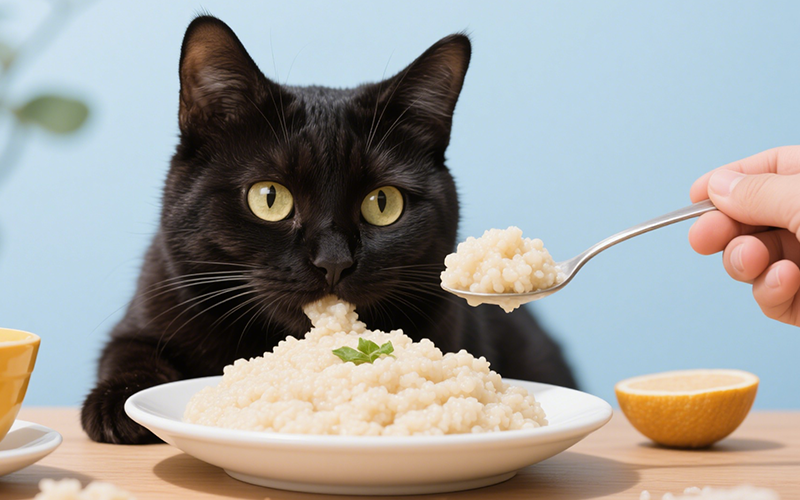
Gritty Situation: Can Cats Eat Grits Safely? Vet Explains the Risks
- 16 Apr 2025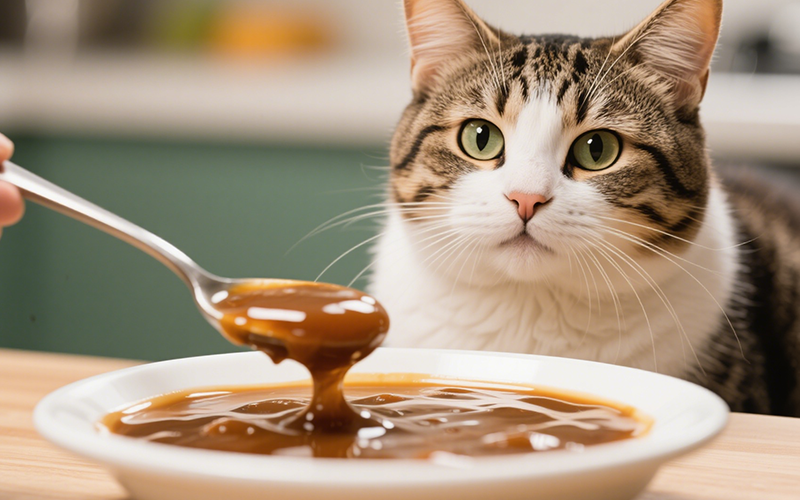
Gravy Danger Zone: Can Cats Eat Gravy Safely? (Vet-Reviewed Warning)
- 16 Apr 2025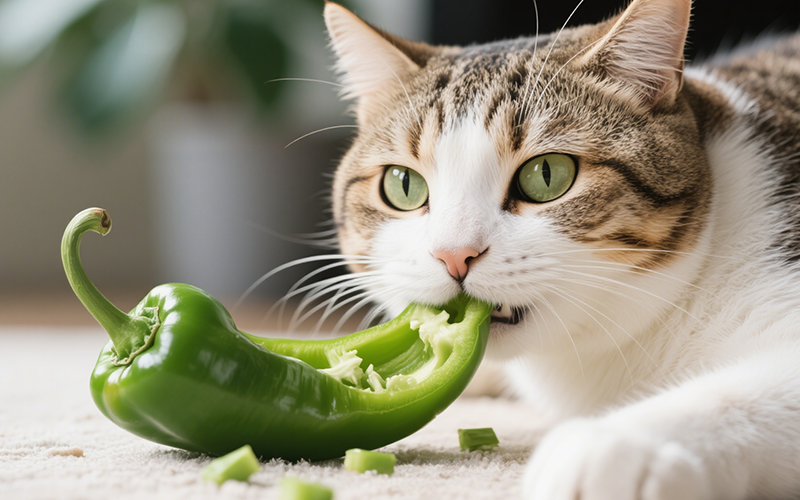
Crunchy Query: Can Cats Eat Green Peppers? A Vet-Reviewed Safety Analysis
- 16 Apr 2025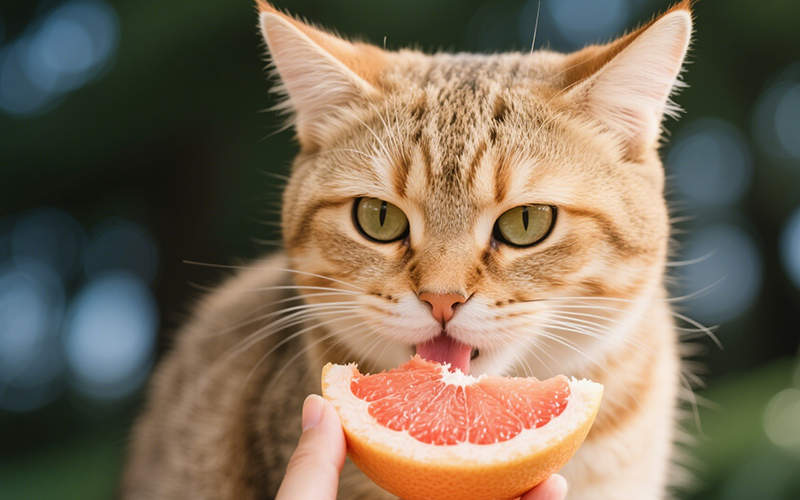
Toxic Temptation: Can Cats Eat Grapefruit? Vet Explains the Dangers
- 16 Apr 2025
Emergency Meal or Major Mistake? Can Cats Eat Dog Food For A Couple Days? (Vet Guide)
- 16 Apr 2025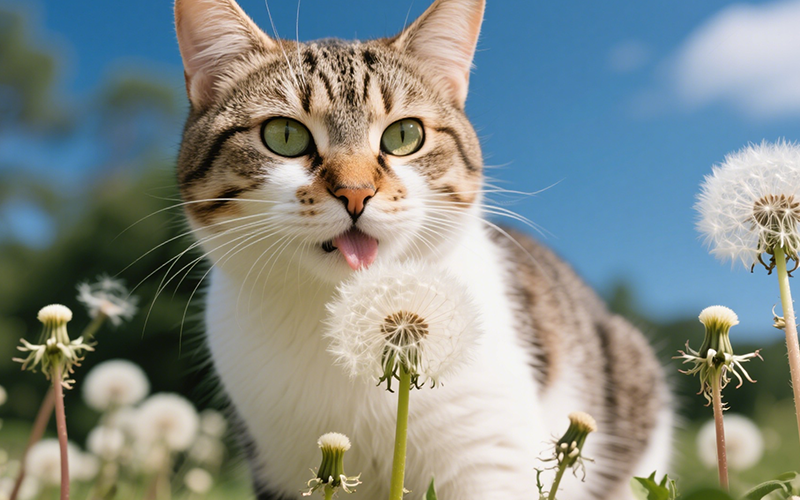
Dandelions & Felines: Can Cats Eat These Common Weeds Safely? Vet Explains
- 16 Apr 2025
Flaky Danger: Can Cats Eat Croissants Safely? Vet Explains the Buttery Risks
- 16 Apr 2025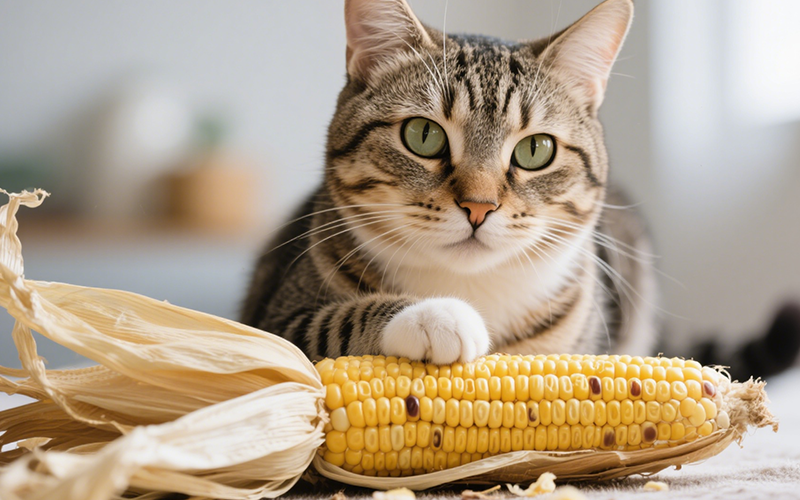
Hazard Alert: Can Cats Eat Corn Husks? Vet Explains Dangers of This Fibrous Material
- 16 Apr 2025
